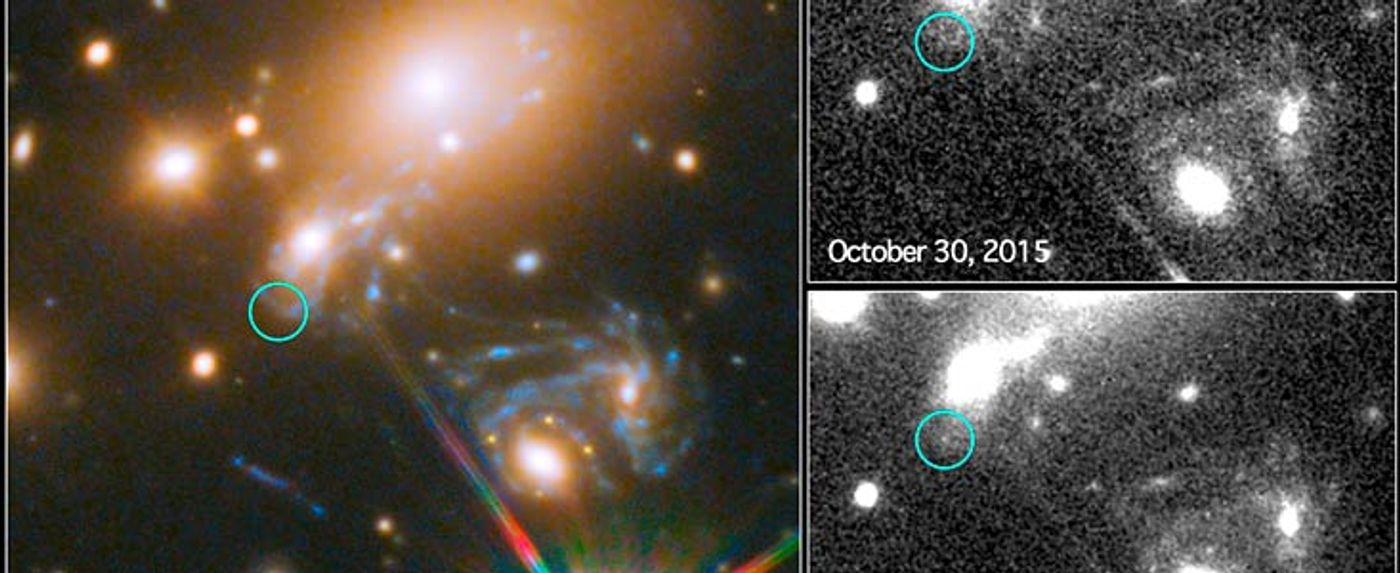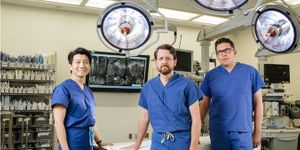First Predicted Supernova Captured With Hubble Space Telescope
In a recent rare opportunity, scientists have managed to, for the first time, capture a predicted supernova in outer space using the Hubble Space Telescope of NASA and the ESA.
The Hubble Space Telescope, being in outer space rather than here on Earth, gets a clearer view of distant spatial objects because it’s not being blocked by the atmosphere and light pollution that telescopes here on Earth are blocked by.
By keeping close tabs on an Einstein Cross that first appeared in a distant galaxy cluster dubbed MACS J1149.5+2223 in November of 2014, scientists have observed the explosion of the supernova on December 11th of this year, exactly where they thought it was going to happen.

The Hubble Space Telescope has been pointed in the direction of the galaxy cluster since October of this year in the hopes of finally seeing the supernova that scientists were expecting to see.
The exploding star, which has been named Refsdal in honor of a Norwegian astronomer named Sjur Refsdal, is incredibly distant from Earth, and as a result, it’s thought that the light from the supernova has taken 5 billion years to get here and that the explosion may have taken place as early as 10 billion years ago.
“We used seven different models of the cluster to calculate when and where the supernova was going to appear in the future. It was a huge effort from the community to gather the necessary input data using Hubble, VLT-MUSE, and Keck and to construct the lens models,” explains Tommaso Treu, lead author of the modelling comparison paper, from the University of California at Los Angeles, USA. “And remarkably all seven models predicted approximately the same time frame for when the new image of the exploding star would appear”.
By tracking the effects of warped and magnified light that are the result of lensing from neighboring galaxies, the Hubble Space Telescope has helped scientists wait for and witness the supernova before its light could reach the Earth. These lensing effects can be great hints to when a supernova will explode.
Since seeing supernovas is such a rare event, in fact, mostly a game of luck, this was an exciting experience for the astronomers involved.
Source: Hubble Space Telescope








